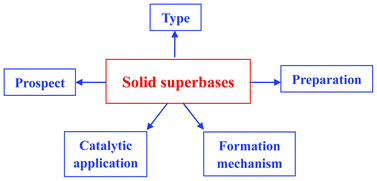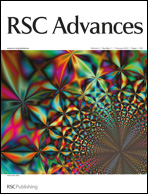A mini-review on solid superbase catalysts developed in the past two decades
Abstract
In this mini-review, we focus on the research activities on solid superbase catalysts that have been conducted in the past two decades. We summarize the type and preparation of superbases, the mechanism for the generation of basic sites, and the applications of superbases in catalysis. It is pointed out that several kinds of superbases are reported so far with the majority of solid superbases generated using a single metal oxide as support. However, the superbases are extremely sensitive to water and CO2, and rigorous conditions are required for their preparation and utilization. As a consequence, the development and application of solid superbases is limited. Despite the understanding of formation mechanism of superbasic sites being essential for the design of solid superbases, reports on this aspect are scant. It is envisaged that composite metal oxides and porous materials should be developed as support materials to generate novel solid superbases, and our recent research results open up a new route for the design and synthesis of composite oxide superbase materials. Efforts should be devoted to study the generation of superbase sites by adopting advanced techniques for characterization and new methods for theoretical investigation. Moreover, it is predicted that solid superbases will find new applications in catalysis, especially in reactions that require high temperatures for desorption of acidic substances from surfaces of superbases.


 Please wait while we load your content...
Please wait while we load your content...